It’s almost like a game people play – to ask whether a person would eat another human for a large sum of money. Or we wonder if there could ever be a circumstance so dire that we could bring ourselves to eat a human being in order to survive. But that’s just fiction, right? No one would be in a situation where that would have to make such a life or death decision, right? Wrong.
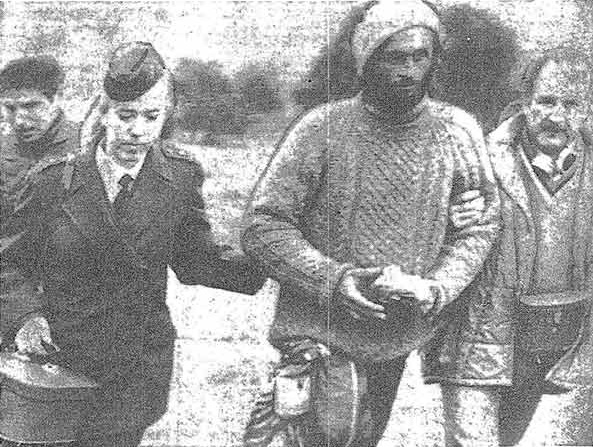
After one plane crash, survivors found themselves stranded and had to face death or eat the victims who lost their lives in the terrible crash. The experience still haunts those survivors today. In fact, one of them decided to write a book about his experience. He wrote about his plane crashing into the Andes in 1972 and how after two months he and another survivor went for help.
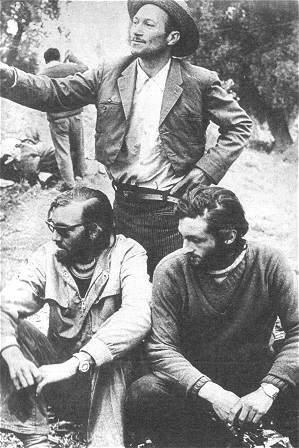
The man starts off by describing the fuselage growing smaller and smaller in the distances. His friends watched from the wreckage of the plane as Roberto and Nando began climbing the mountain. Roberto turned around several times to look at them until they looked like ants on the ground.
He thought to himself that it was no wonder the rescue planes hadn’t seen them. The white fuselage was camouflaged against the white snow on the mountains, leaving the survivors totally invisible. He had counted the survivors: only 16 of them left among the original 45. The survivors had been stranded for nearly two months.
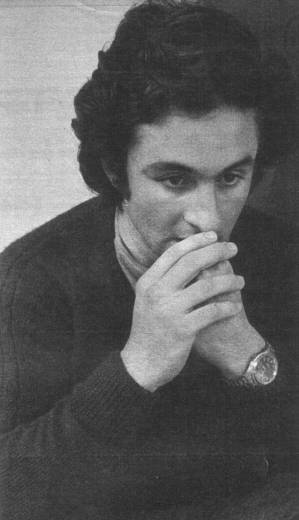
On the man’s back was a makeshift sleeping bag that he had constructed out of insulation fibers from the plane’s tailpiece. He also carried a rugby sock that was stuffed with food – frozen human flesh that they had cut from the bodies of their friends who had died.
Roberto described how he and Nando walked in rugby boots, using the cushions from the plane as snowshoes. They each had rope and a metal stick, but neither man knew what kind of climbing materials they would need for their trek, not having any mountain climbing experience whatsoever.
After finally reaching the mountain, he described it as almost vertical. The air had been so thin that every few steps they were gasping for breath. As night came, they couldn’t see anything ahead of themselves. They didn’t know if their next step would be on solid ground or if they would be plunging into a ravine. The man actually shouted into the open night and asked what he was doing there.
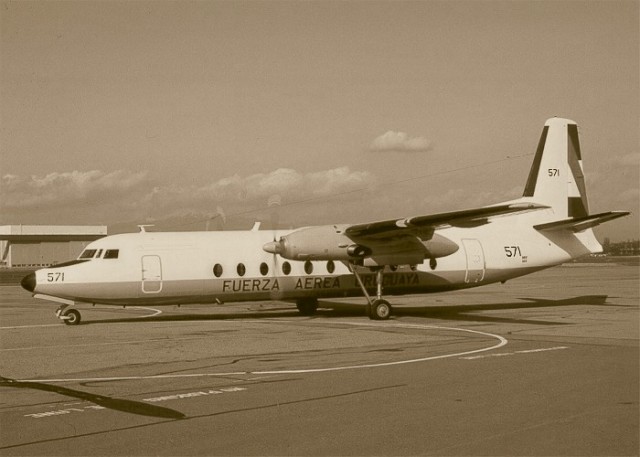
The men became sweaty from climbing, but as the temperatures started dropping, their sweaty clothes began to freeze. The wind whipped them in all directions and they felt as though they were going to die. They found an outcrop near an edge of an abyss where they stayed the night. At the back of their minds, they kept thinking that one wrong step would send them over the edge. The two men huddled together to keep warm, hoping that they would survive the night.
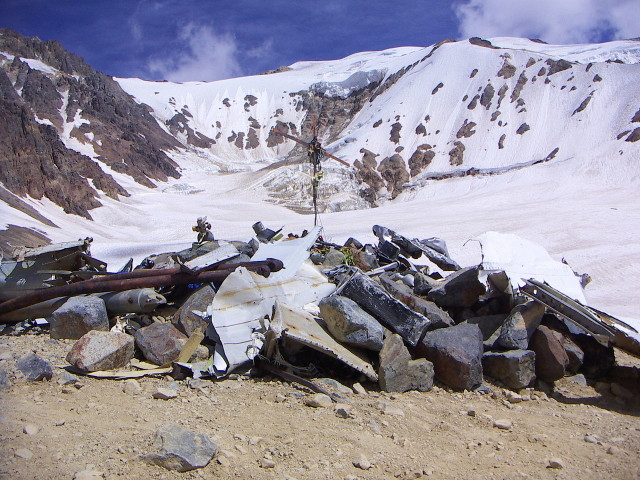
By the third day up the mountain, the men had approached the summit. Only then did they know what kind of challenge they were up against. They had sincerely hoped that they were on one mountain and what lay just behind the mountain would be food, villages, and people. However, they were met with deafening silence and only giant snowy peaks that went on into the horizon. Everywhere they looked there was only ice and snow and mountains. The man’s first thought was that they were dead; there was no way out.
However, Nando had pointed at something that Roberto had not noticed. Just barely visible to the naked eye was one patch that was not covered with snow, in the direction of Chile. The men huddled in the one sleeping bag, hoping to make it through the night. They both knew that it would be a miracle to survive.
